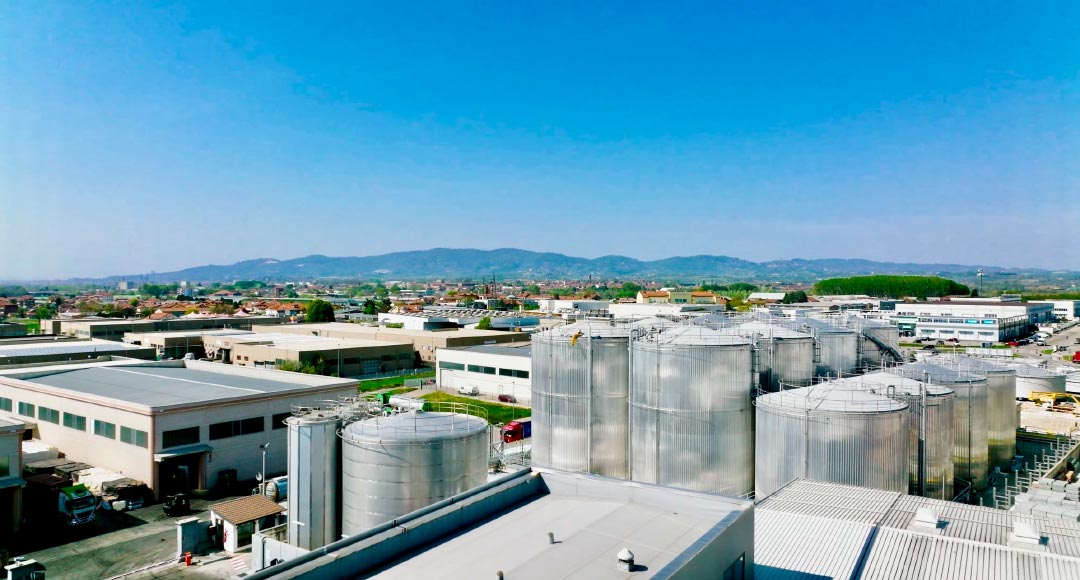
partnering with our clients to turn every production need into an opportunity
state of the art technologies enable SER to offer any type of wax for any type of application
30+ years of experience with a portfolio of 5000 active customers and 1000+ products
sustainably sourced raw materials, 100% recyclable energy, reduced waste and gas emissions
Our experts will be happy to find the right solution for your specific needs.
Get in touch with a specialist Plant: Strada Quaglia, 26 - 10026, Santena (TO)
Offices: NEXTTO Polo Uffici Lingotto
Plant: Strada Quaglia, 26 - 10026, Santena (TO)
Offices: NEXTTO Polo Uffici LingottoLegal address: Via IV Novembre 30 - 12025, Dronero (CN)
VAT: IT05583420012
ser@cere.it +39 011 94 555 11 Linkedin An Group Company
Group Company